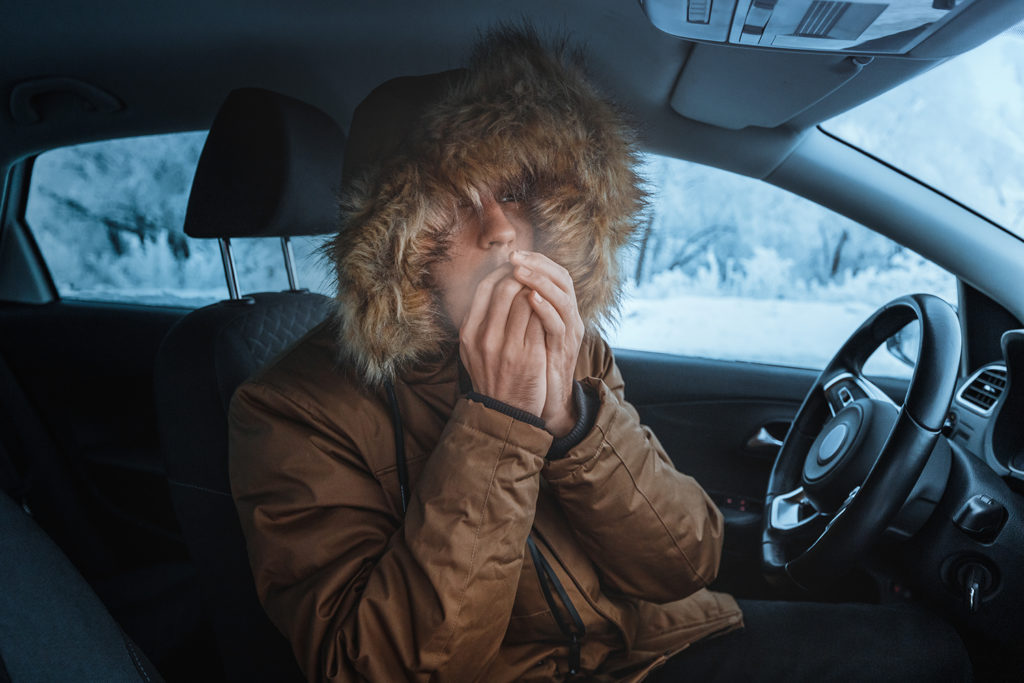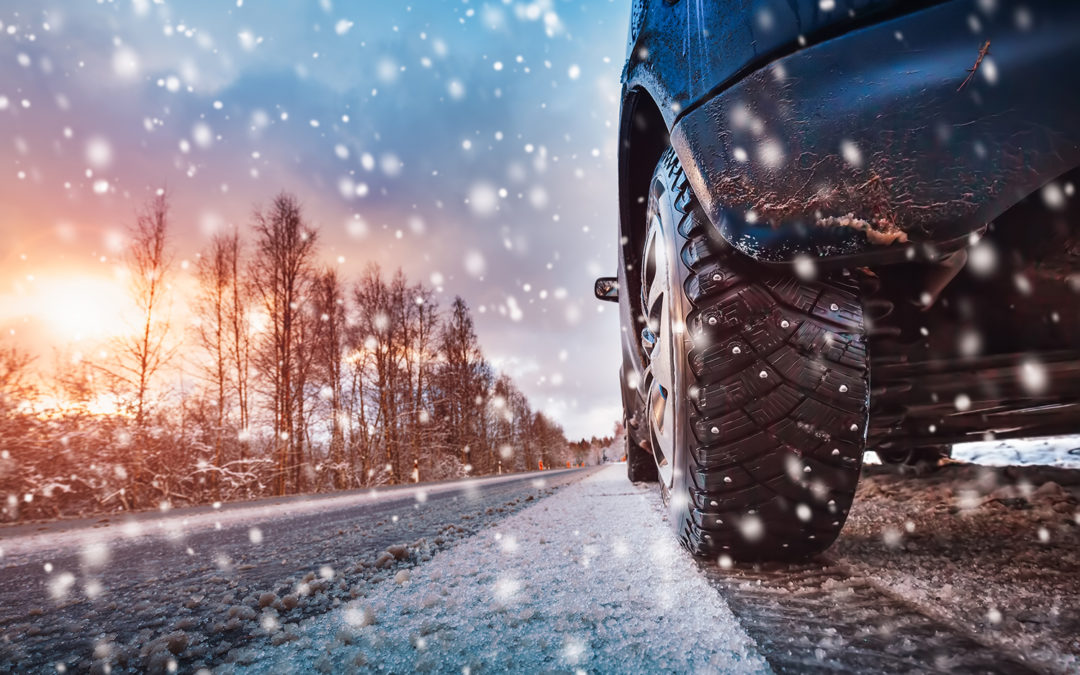If you’ve lived in New England your whole life, then you’ve probably had a few winter-driving “facts” passed down to you so often that they are ingrained into your mind. If you’re new to the area, especially from a state that gets little to no snow, then everyone and their brother will be all too eager to give you the winter driving low-down.
However, just like your walkway after a blizzard, take it with a grain of salt. Many of the winter driving facts floating around are, in fact, utterly wrong. We thought we’d dispel some of the most prolific myths about winter driving for you.
Winter Tires Aren’t Worth it
You have all-season tires, right? Well, winter is a season, just like spring, summer, and fall, so your tires should be sufficient against snow and ice. The truth is, all-season tires are the “jack of all trades, master of none” tire. They work reasonably well when conditions are perfect—anything outside of those circumstances is a crap shoot.
Winter tires, on the other hand, are specially manufactured for driving in winter. They have oversize treads for gripping snow and pushing it out of the way. The pushing motion is important—the main reason you slide in the snow is that the snow has clogged your treads, giving you too-smooth of a surface. Winter treads grip, then expel the snow as you drive. We recommend keeping a set and installing them at the first sign of snow.
Gas Doesn’t Freeze
In general, gas does not freeze. However, if you’re the kind of person that likes to play a game of chicken with your near-empty gas tank, then you might be surprised to find that one morning after a particularly cold night that your car doesn’t start. While gas typically doesn’t freeze, it can certainly freeze or thicken when it’s at an extremely low level in your tank. With that said, keep at least a quarter of a tank of gas in your car and you should be fine.

You Must Idle Your Car in Low Temperatures
We all do it—dip out in the cold of the morning, sometimes still in our pajamas, to fire the car up and blast the heat and defrosters. While that’s fine—it makes your car nice and toasty when you finally climb in for your commute to work, it’s actually not needed.
Next time you hop into your freezing car, even on the coldest of days, remember that you do not need to idle your engine for more than a minute before driving away, no matter what your father has told you.
If the Road is Plowed & Salted, Then it’s Business as Usual
Salt melts snow and ice, yet it still leaves a layer of water on the road. If the temperatures are cold enough, that thin layer of water can freeze again and cause all kinds of problems. Even if the plows are out and the salt is working its magic, you should drive cautiously, which means driving slowly and deliberately.
Black Ice is Unthwartable
Some people will tell you that black ice is invisible, and if you happen to hit a patch, then you’re going to slide and spin no matter what. What if we told you there was a way you could anticipate black ice and even navigate through it should you hit a patch?
Black ice most commonly forms on bridges and in shadowed areas on the road. Be wary of these areas, and you’ll avoid a lot of black ice on your journey. With that said, if you hit a patch, then resist touching your brake or correcting your steering wheel. Simply ride through the slide or spin out—braking or steering will only make it worse.
All-Wheel Drive is a Silver Bullet
Many northerners will swear by all-wheel drive. They’ll never buy a car without it. However, the primary hazard with winter driving isn’t your ability to steer, but your ability to grip the road. All-wheel drive is relatively useless in a situation where the tire treads are choked full of snow or sliding against a sheet of frictionless ice. Just because you’re driving on all wheels doesn’t mean you’re protected from the dangers of winter driving. As we said earlier, winter tires are your best solution to slick conditions.
Have you had a winter driving mishap? We are a collision center servicing Western Massachusetts, and we’re here to help you get your car back on the road. Reach out to us today.


Recent Comments